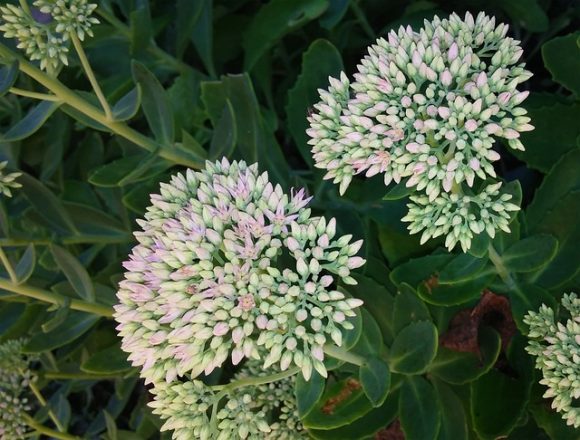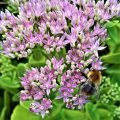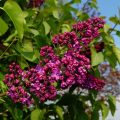- The Miraculous Shiny Bush Plant - January 18, 2021
- Colorful, Edible and Medicinal Celosia - January 10, 2021
- Radish, a Nutritional Power House - December 19, 2020
Sedum, commonly known as common stonecrop, or just stonecrop, is an evergreen, perennial flowering plant belonging to the crussulaceae family in the sedum genus. Basically, there are about 300 species of sedum in the genus. The plant is native to the Northern Hemisphere but can be found growing in most regions of the world including Asia, Europe, and North Africa.
[Disclaimer: Before trying plants you have never eaten, you should ensure you have the right plant. In addition, The Right Flowers is not a medical site. Knowledge of and information about the therapeutic benefits and applications of flowers, while known through the ages, does not constitute medical advice. If you are having health issues, you should consult with a physician.]
Though it is considered a wildflower, stonecrop has endeared itself to gardeners due to its beautiful, star-shaped flowers and has become a common sight in flower gardens around the world. It is hardy enough to withstand winter, easy to take care of, and require minimal watering as it stores water in the succulent leaves. It is also ideal for cut flowers.
The plant is referred to as stonecrop or common stonecrop due to its tendency to form clumps on rocks, stone walls or stony grounds. It has smooth-margined, thick, succulent, oval leaves and produces yellow, red, lavender, orange or white star-shaped flowers featuring tassel-like inflorescences between June and August.
The blossoms and its aerial parts are edible and have a strong peppery taste. They make great soup recipes and can be used to enhance salads with their mildly sour taste. Varieties commonly used for culinary purposes include sedum rhodanthum, sedum sarmentosum and sedum reflexum. Sedum acre, commonly known as biting stonecrop is known to have high levels of alkaloids which are associated with toxicological effects and is not considered suitable for culinary purposes.
All the above-ground parts of sedum plants, including the biting stonecrop, are used for medicinal purposes. Studies show that the aerial parts of the plant contain alkaloids, tannins, rutin, and organic acids.
These parts can be crushed to make a paste that is applied topically to stanch bleeding. The paste can also be applied externally to treat flat warts, acne, itchy rashes, and pimples.
Stonecrop is known to be highly effective against intestinal worms due to the presence of alkaloids. During the 16th century, the plant was widely used by herbalists to treat parasites. The herbalists based their argument on the premise that the toxic properties of the plant were not strong enough not to cause negative effects as long as the herbal extracts were taken in recommended doses and under the supervision of a herbal expert but deadly to harmful parasites in the body.
With all the above going for them, stonecrops sound like the ideal flowering plants for your yard.





